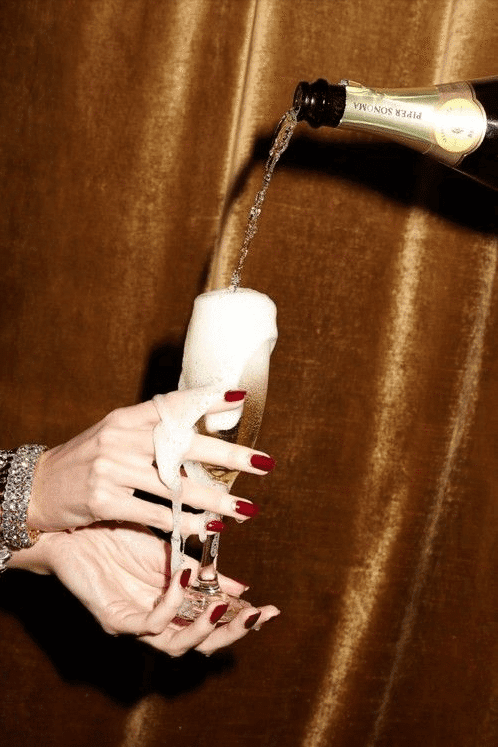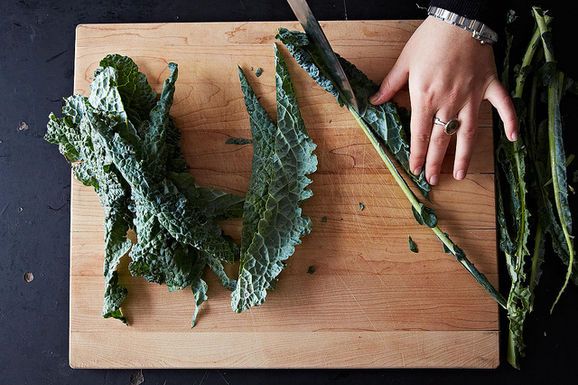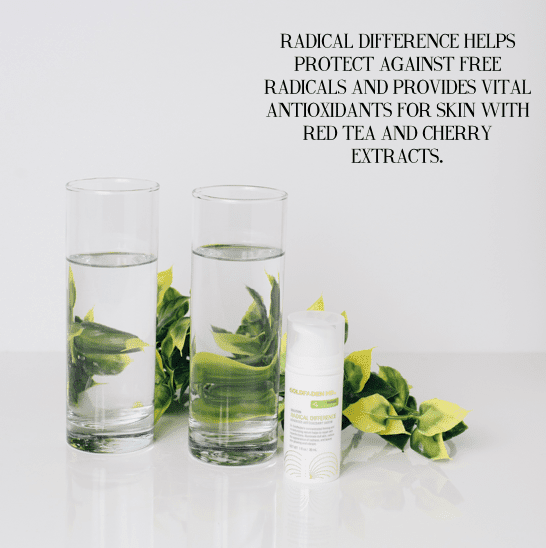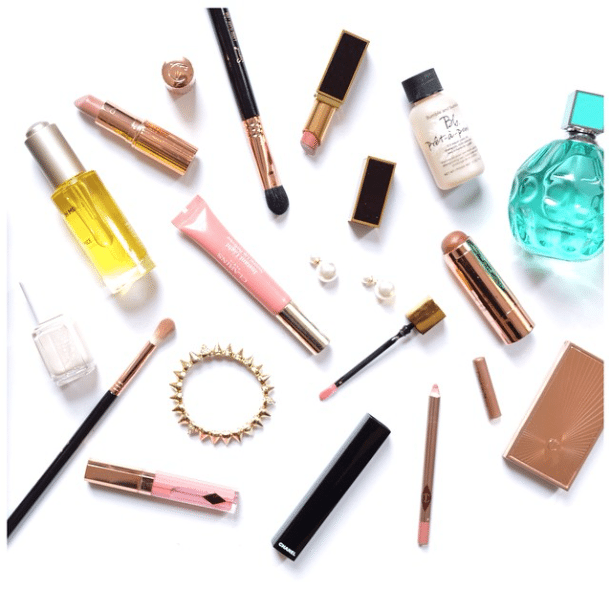Alcohol is ruining your skin. We realize this is a grandiose statement but it happens to be true. Ever notice how clear non drinker’s skin and eyes are? Take a look next time and you’ll wonder if that happy hour cocktail is really a happy choice after all. While everything in moderation is considered ‘heathy’ (note- Dr. G does not drink) we want to call out all the ways that alcohol is ultimately damaging your skin.
Let’s start with what is going on inside your cells when you drink alcohol. Alcohol contains sugar whether you add it in a mixer or not. When our bodies break down alcohol it turns to sugar. When we ingest too much sugar, our protein molecules can cross-link with sugar molecules which causes the formation of new sugar-protein molecules. The body does not recognize these molecules and produce antibodies against them. These antibodies cause inflammation and the onset of Glycation. Glycation is responsible for the breakdown of collagen which causes, sagging skin, wrinkles, fine lines and overall dullness of the complexion.
Alcohol inhibits the production of vasopressin — an anti-diuretic hormone which has the two main jobs to restrict blood vessels and retain water. Your kidneys have to work extra hard to remove excess water which means you’ll be heading to the bathroom more frequently. When your body is deprived of fluids and electrolytes it will start to pull water from other places. This can cause skin to bloat and swell.
Alcohol also depletes your body’s Vitamin A, which is essential for cell renewal and turnover, so it is not uncommon for heavy drinkers to have a dull gray appearance to their skin. Heavy drinkers along with many people who only drink socially, see redness as a common side effect. Alcohol causes blood vessels to enlarge in the face, chest and arms, which makes people flushed and red. If you suffer for Rosace or skin flushing in general, this can make it worse overtime and even bring it to the surface. Someone with a severe alcohol allergy will become extremely red and flushed from even a small amount of alcohol. This can be also hereditary and very common in the Asian culture.
Yes, some alcohol in moderation,like red wine, can have health benefits. But the main issue seems to be people’s definition of “moderation”. Most people over drink and that is where the lines get blurred, no pun intended. If you think you may be suffering from the side effects of alcohol try stopping drinking for a few weeks and see how your skin clears up!




